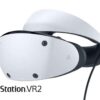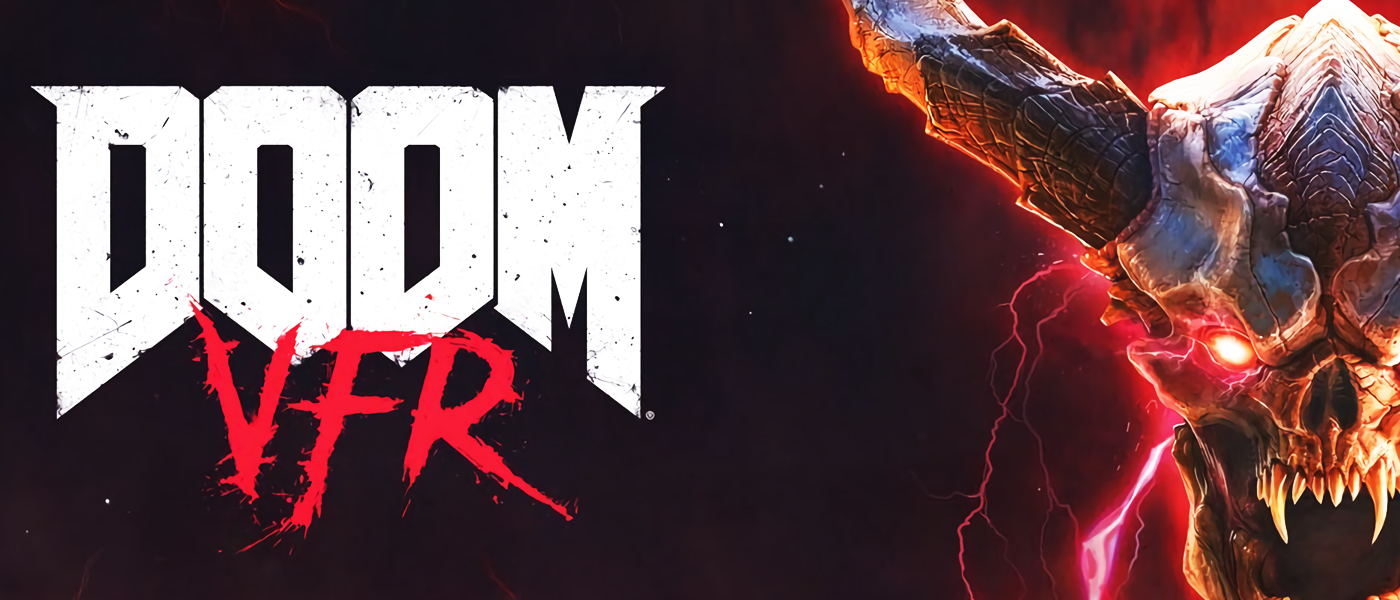When Bethesda announced support for the major VR platforms, I was elated. Their brands have always been some of my favourites and DOOM was one of their strongest. Despite this, it was also the game I had the most questions about – DOOM is a fast-paced game and one I wouldn’t think would be well suited for VR. Enter DOOM VFR, an original game cobbled together from assets from the 2016 reboot. While the aesthetics of the world of DOOM are here, most players, especially on PlayStation VR, will agree that the feel of DOOM is absent.
DOOM VFR opens with your character dying a grisly death on a laboratory on Mars. Later, your consciousness is kind of transplanted into a robotic body which gives your character all kinds of abilities. Your task is basically to restore stability to the facility and stop the onslaught of demons. I’ll be honest and say that I didn’t pay much attention to the story in DOOM VFR, but I do find it odd Bethesda bothered to build a new story using old parts. But you don’t expect a good story going into a DOOM game, just fast paced gameplay right? Unfortunately, VFR just seems to lack the flow of the previous DOOM games. I’d assume this is largely because DOOM VFR has been built around VR, which just isn’t fit for a game like this. There’s many ways to control DOOM VFR, but every method utilizes teleportation in some way.
But you don’t expect a good story going into a DOOM game, just fast paced gameplay right? Unfortunately, VFR just seems to lack the flow of the previous DOOM games. I’d assume this is largely because DOOM VFR has been built around VR, which just isn’t fit for a game like this. There’s many ways to control DOOM VFR, but every method utilizes teleportation in some way.
Which is really the biggest problem with Doom VFR, at least on PlayStation VR. There’s three different control schemes but none of them feel like the best way to play. The DualShock offers more direct movement options, the Move controllers feel more intuitive as your character always has two weapons, but the Aim Controller feels offers a greater sense of realism. Yet, despite these options, all have limitations that stop them any single one of them from being truly great. If you’re using the Move Controllers, the major method of movement is teleportation, which works in most VR games but just feels off in DOOM and incredibly restrictive. There’s no intuitive way to turn around either which can prove frustrating. Despite this, VFR does it’s best to make teleportation and the limited mobility fun.
If you’re using the Move Controllers, the major method of movement is teleportation, which works in most VR games but just feels off in DOOM and incredibly restrictive. There’s no intuitive way to turn around either which can prove frustrating. Despite this, VFR does it’s best to make teleportation and the limited mobility fun.
You’d probably be disappointed to hear that the ingenious Glory Kills from the previous game are now gone, and in it’s place is the deliciously retro telefrag. Essentially, if you teleport to the location of a stunned enemy, you’ll telefrag them; something I hadn’t heard possible in games for a long time and does a good job at keeping the game running at a faster pace. DOOM VFR also gives you a cool little dash maneuver that lets you basically slide in whichever direction you please. It’s a cool idea that lifted straight from a character action game but one that is just executed poorly. I was excited to dash around the arena as a substitute for the direct movement in the original game, but instead the whole system felt unpredictable and clumsy.
DOOM VFR also gives you a cool little dash maneuver that lets you basically slide in whichever direction you please. It’s a cool idea that lifted straight from a character action game but one that is just executed poorly. I was excited to dash around the arena as a substitute for the direct movement in the original game, but instead the whole system felt unpredictable and clumsy.
I don’t mean to sound too harsh on the game but DOOM VFR does have its high points. Pretty much every enemy you remember from the 2016 Doom return in VFR. Their movement and attack patterns are nearly identical, leading to some thrilling moments when the controls work the way they’re meant to. I can’t tell you how many times I’d turn around on the spot to be met literally face to face with an Imp or a Hell Knight. Those moments are moments you can’t get without VR. The big question surrounding most virtual reality games is just how long the whole experience lasts. Doom VFR should take most players between three to four hours to run through from beginning to end. There’s several difficulty levels available as well, which’ll no doubt extend the experience for those wanting to do another run with a greater sense of intensity. There’s even an upgrade system too which encourage some (light) exploration as well. Be warned though, the opening levels are easily the worst and VFR really rewards those who stick with it.
The big question surrounding most virtual reality games is just how long the whole experience lasts. Doom VFR should take most players between three to four hours to run through from beginning to end. There’s several difficulty levels available as well, which’ll no doubt extend the experience for those wanting to do another run with a greater sense of intensity. There’s even an upgrade system too which encourage some (light) exploration as well. Be warned though, the opening levels are easily the worst and VFR really rewards those who stick with it.
From a visual standpoint, Doom VFR does a pretty great job at looking the same as it’s 2016 counterpart. The enemies look just like you’d remember them from the console version and the locales appear authentic, if slightly barren. The sterile corridors of the UAC Facility are nothing to write home about, though later more otherworldly levels really sell the idea of a Doom game on the VR platform. While it’s never going to reach the visual acuity of the game on a high end PC, Doom VFR holds it’s own amongst other games for Playstation VR and is some of the best looking the platform has to offer.



